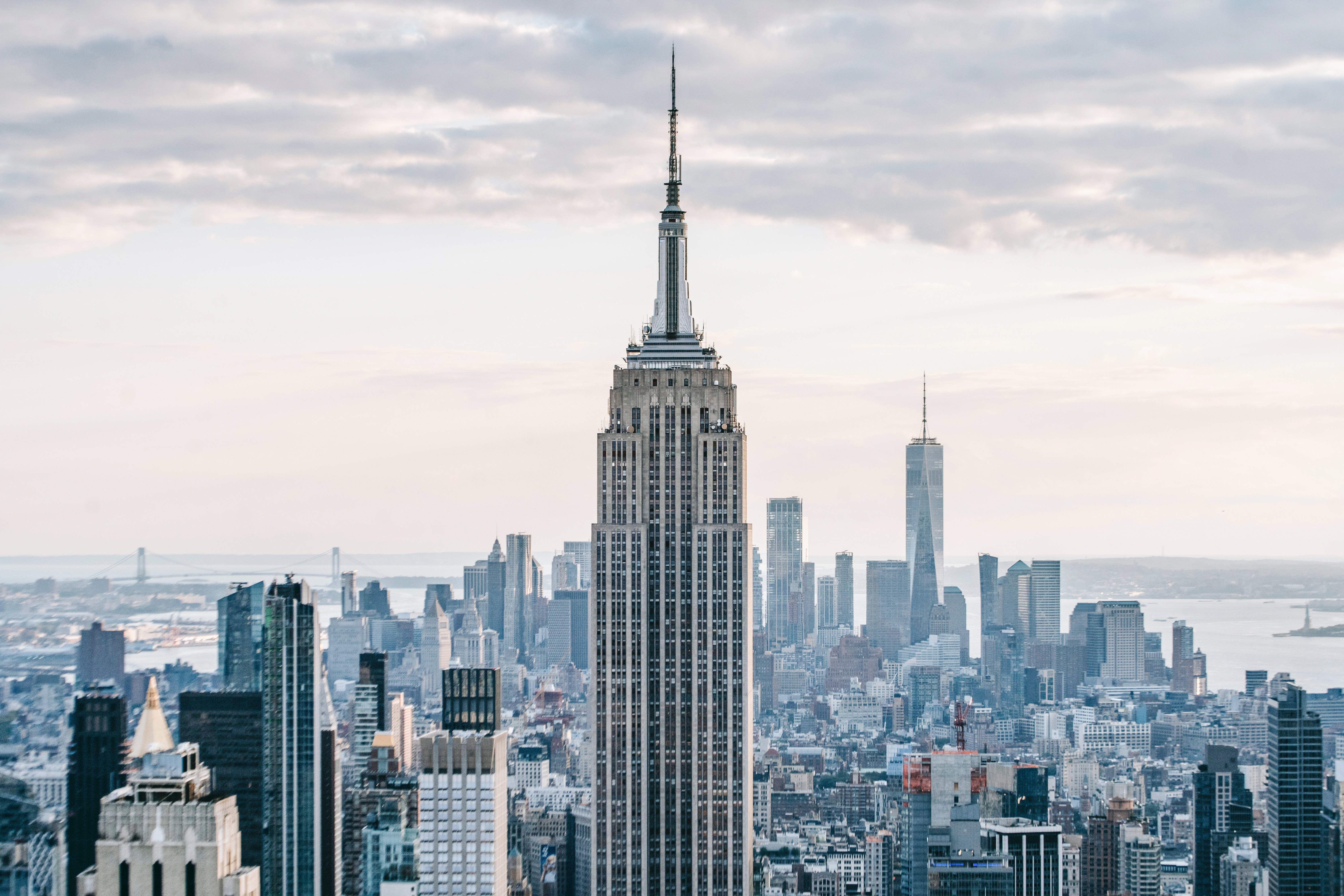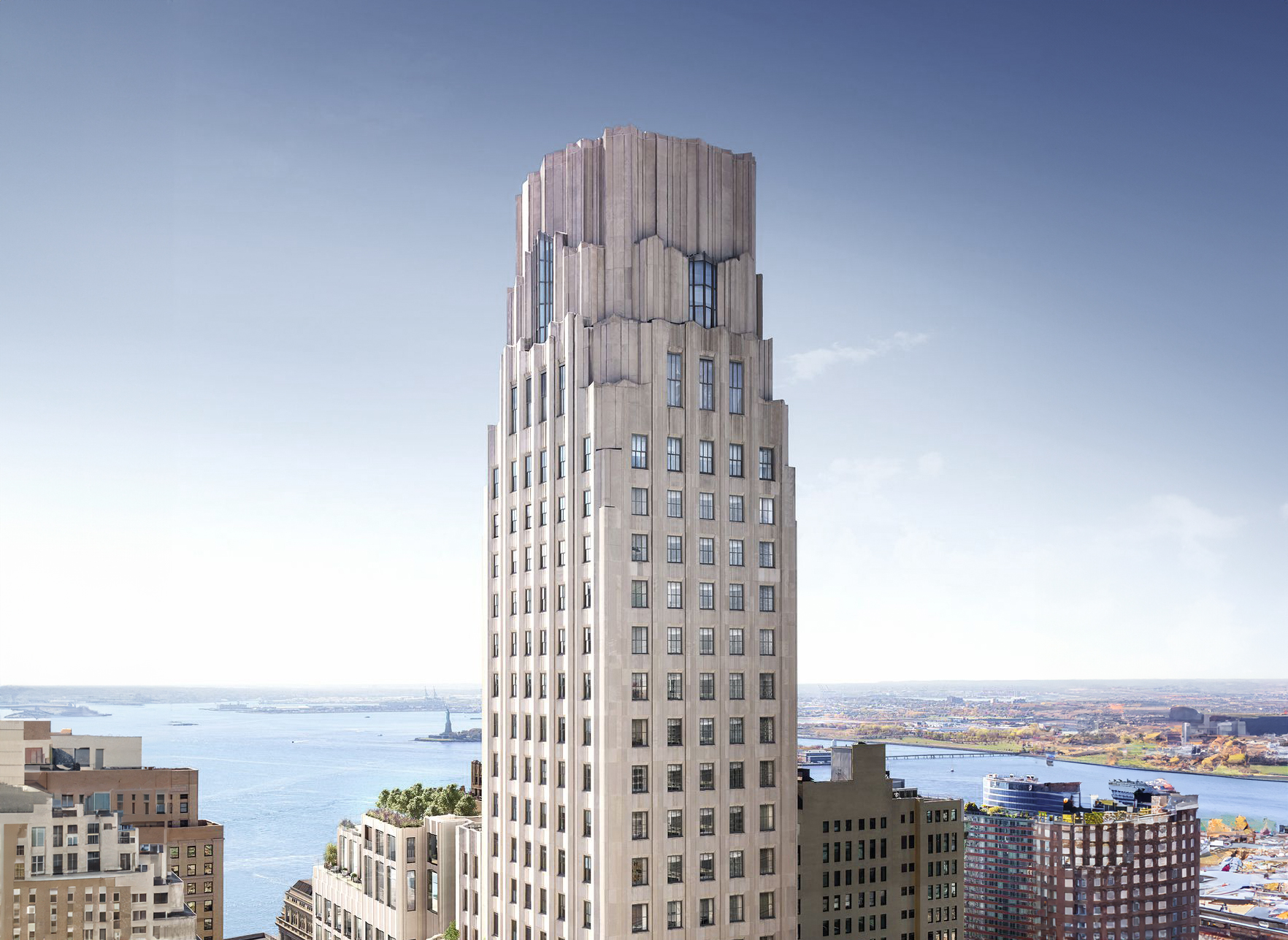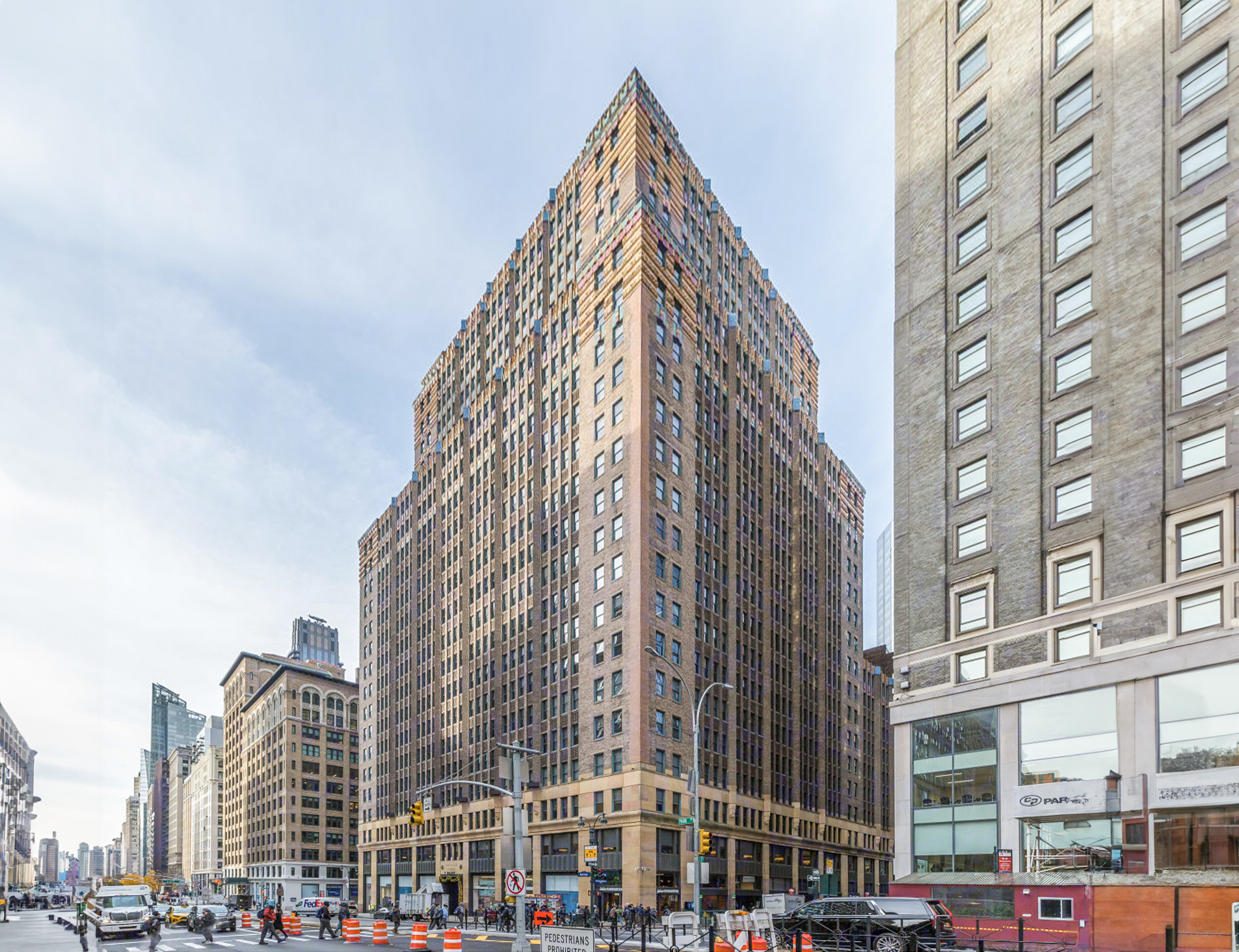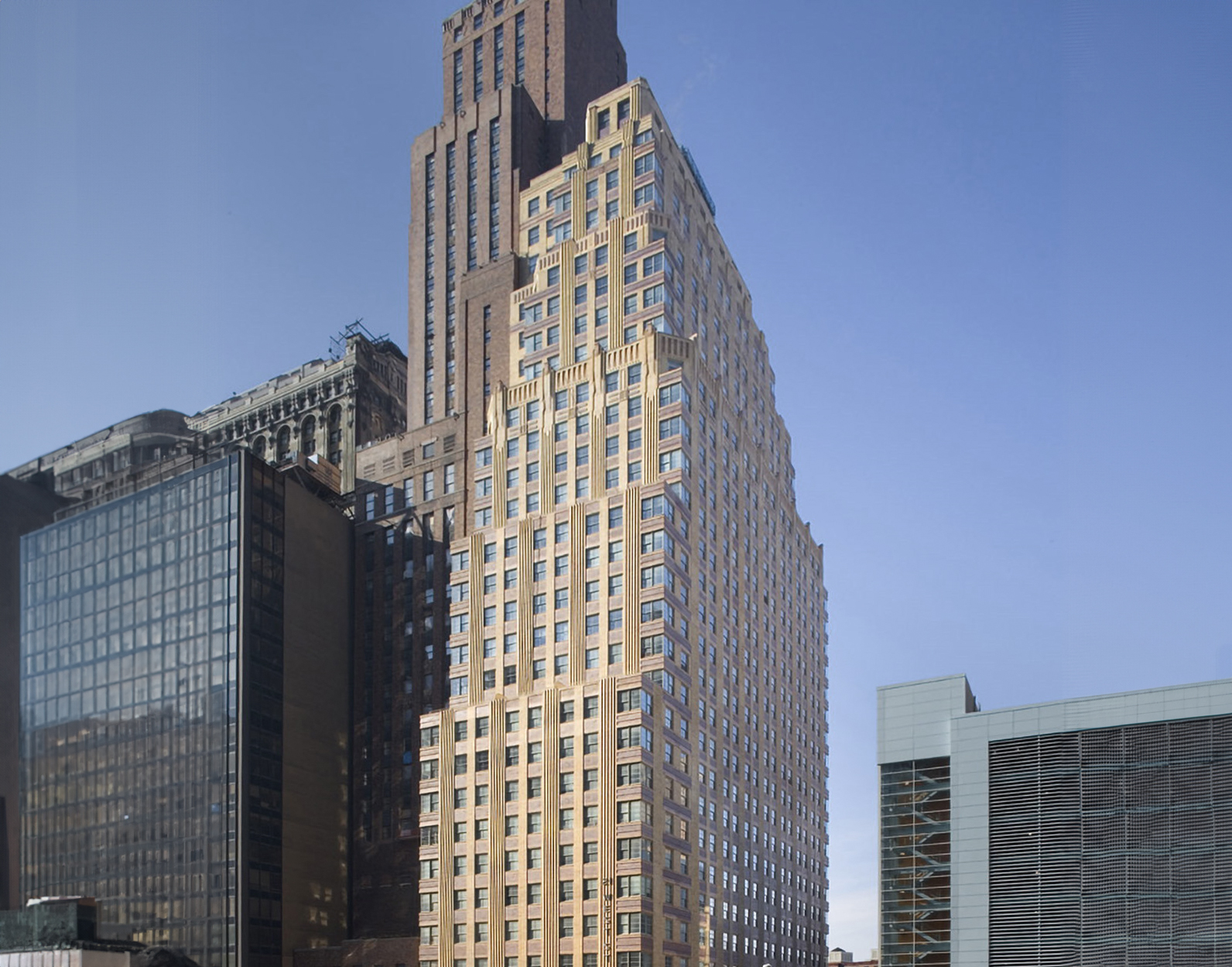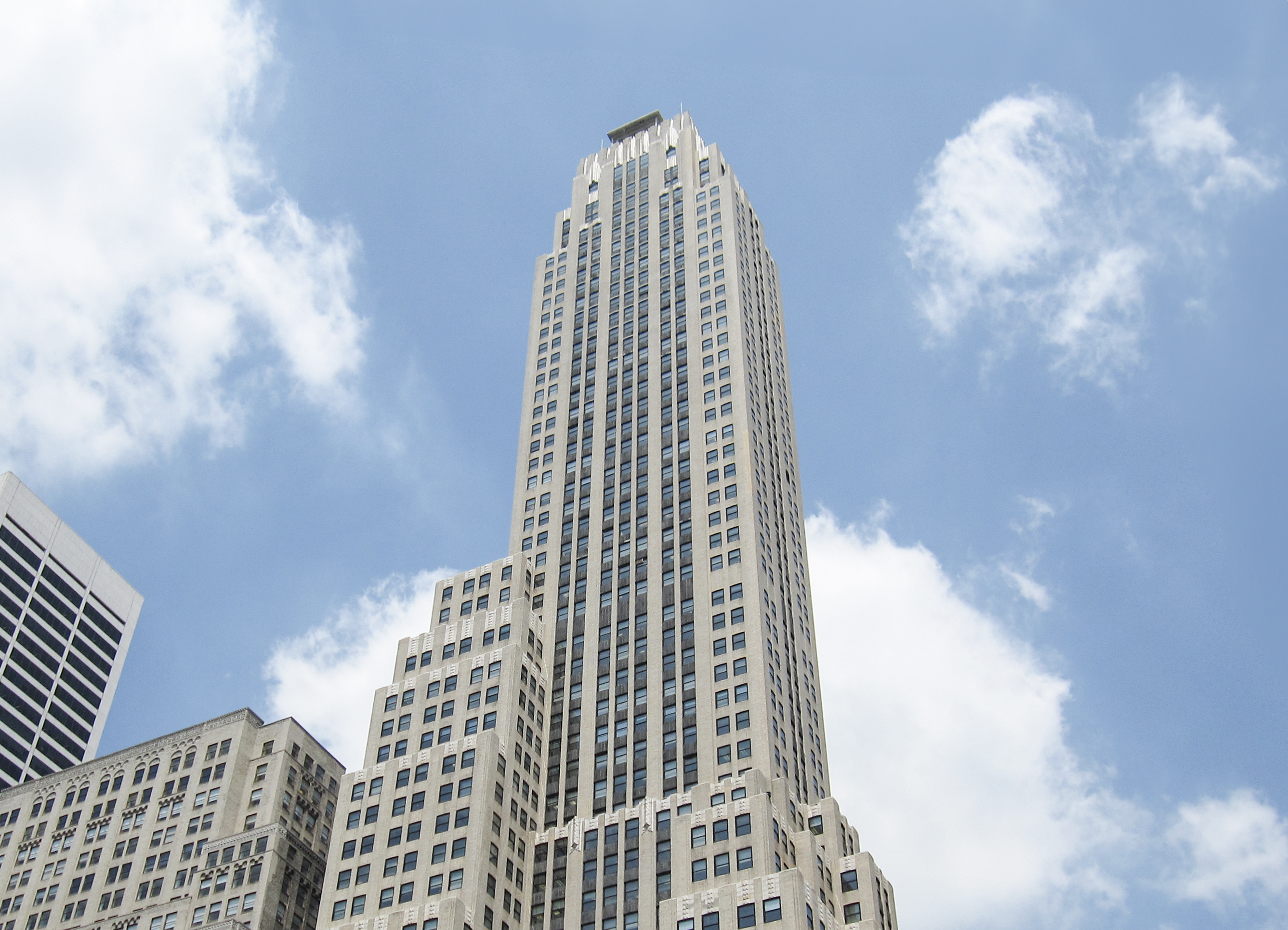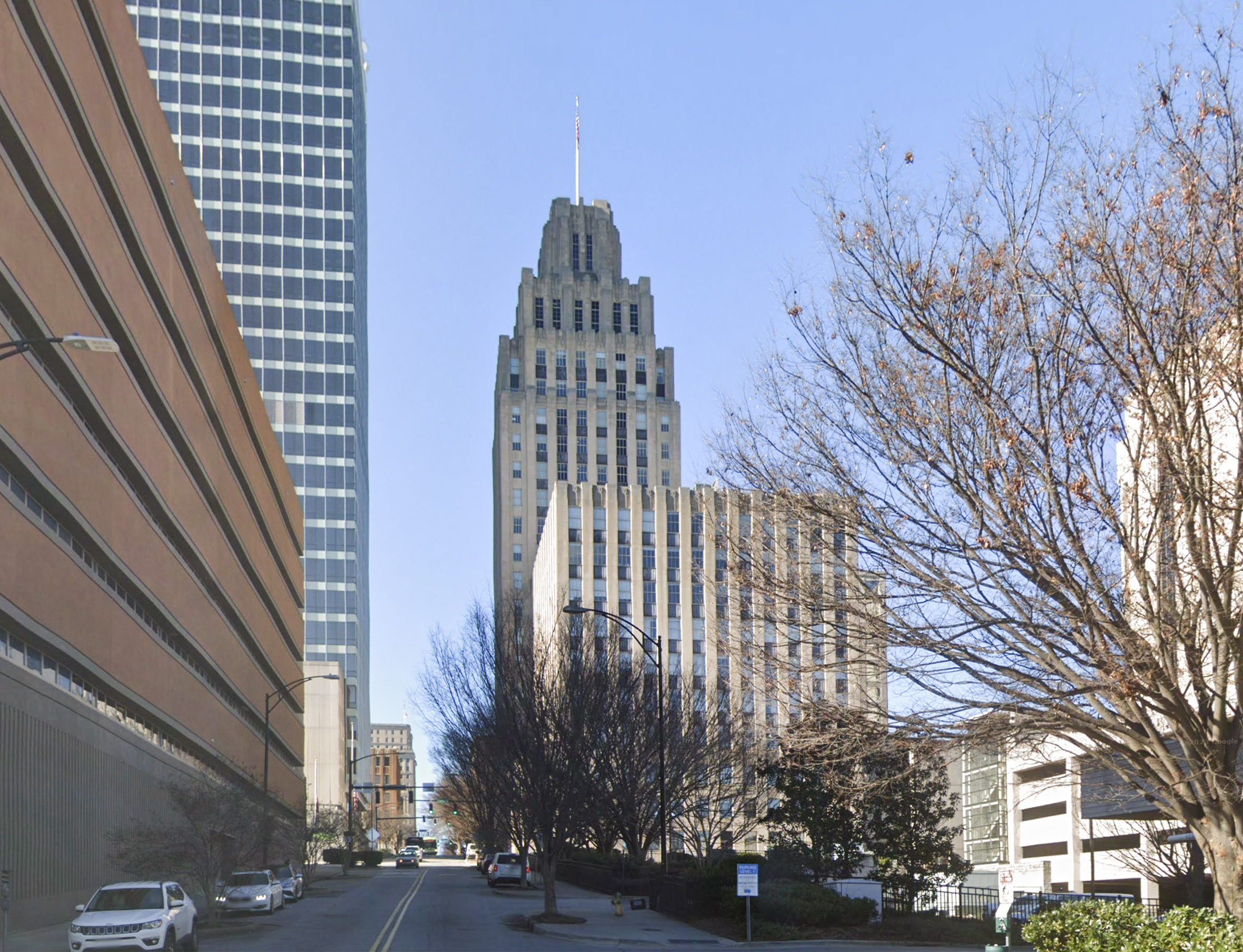The Empire State Building is an Art-deco skyscraper designed in 1929 by Shreve, Lamb & Harmon, and built between 1930 and 1931, for a reported $40.9 million dollars, in New York, NY.
Its precise street address is 350 Fifth Avenue, New York, NY. You can also find it on the map here.
The Empire State Building is a structure of significant importance both for the city of New York and the United States as a nation. The building embodies the distinctive characteristic features of the time in which it was built and the Art Deco style. Because of that, the Empire State Building was officially declared as a national landmark on June 24th 1986, and was also included in the New York Register of Historic Places on May 19th 1981.
At the time of its completion in 1931 the Empire State Building incorporated solutions that were quite advanced at the time, these included the world's first FM transmitter installed by RCA through an antenna located on the building's mast.
The building has been restored 5 times over the years to ensure its conservation and adaptation to the pass of time. The main restoration works happened in 1979, 1990, 2009, 2010 and 2019.
